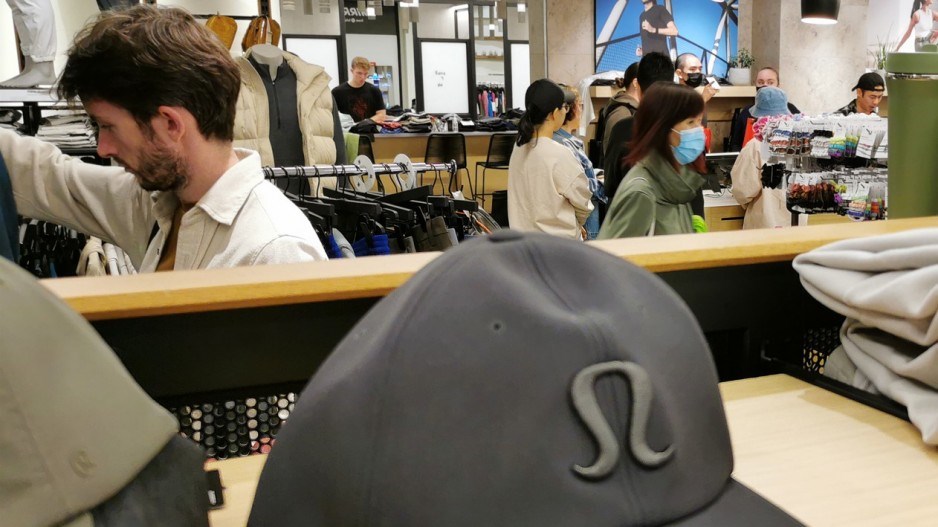Shoppers frustrated by the surge in inflation in the past couple years can take solace when they shop for shoes and fashion, as prices for those items are below what they were 21 years ago.
Statistics Canada data released this morning show that prices retailers are charging for clothing and footwear remain below what they charged for those items in 2002. The nation's number cruncher has a scale that was set at 100 in 2002. .
In contrast, an average of all items were at 157. Gasoline prices have risen the most, as that product was at 230.3 in May. Food was at 184.6 in May.
"The stat shocks me," said Colliers associate vice-president Sherman Scott. "But there has been a hollowing out of middle-market retailers. Walmart also entered Canada about 20 years ago so that coincides with that timeframe."
Mid-market retailers such as Mexx and Le Chateau struggled badly enough to go into bankruptcy. American Eagle and Esprit have struggled, Scott said.
The stagnation in fashion pricing has been a long-term trend and price increases for footwear and fashion remain far below the inflation rate for the average for all items combined.
Footwear and fashion prices rose in price by 0.7 per cent in May, compared with May 2022. That compares with a 3.4-per-cent Canadian inflation rate for all items. .
Some brands, such as Vancouver-based Lululemon Athletica Inc. (Nasdaq:LULU) have through the years been able to raise prices, and its CEO earlier this month noted that putting items on sale is a last resort.
"On pricing, we enter markets with our similar premium positioning of the brand with the intent to sell at full price, with markdowns being used only as a means to exit through seasonal shifts in product, and not leverage promotional discounting in order to fuel and create demand," Lululemon CEO Calvin McDonald told analysts on June 1.
Lululemon, however, has accumulated a dedicated fan base of people who make a point of buying the company's productions.
Retail analyst and DIG360 owner David Gray told BIV that fashion has become much more of a commodity today than it was 21 years ago. The rise of large fashion companies such as H&M and Uniqlo and those brands' rollout in Canada has had a big effect, he said.
"There's just such a glut of clothing out there," Gray said, adding that production in Asia has increased far more than has demand in the past two decades.
The rise of fast fashion not only created swathes of cheap clothes, but it also in many cases prompted surviving mid-market retailers to reduce prices to compete, he added.
The COVID-19 pandemic then further crimped demand for clothing. While many people are back in offices at least part time, they have still not yet got back into the habit of buying as much clothing as they did pre-pandemic because they do not feel that they need to have new clothes, Gray said.
"Everything has shifted downward in price proportionately," Gray said. "The more expensive brands are still more expensive, but they are less than they were years ago."





